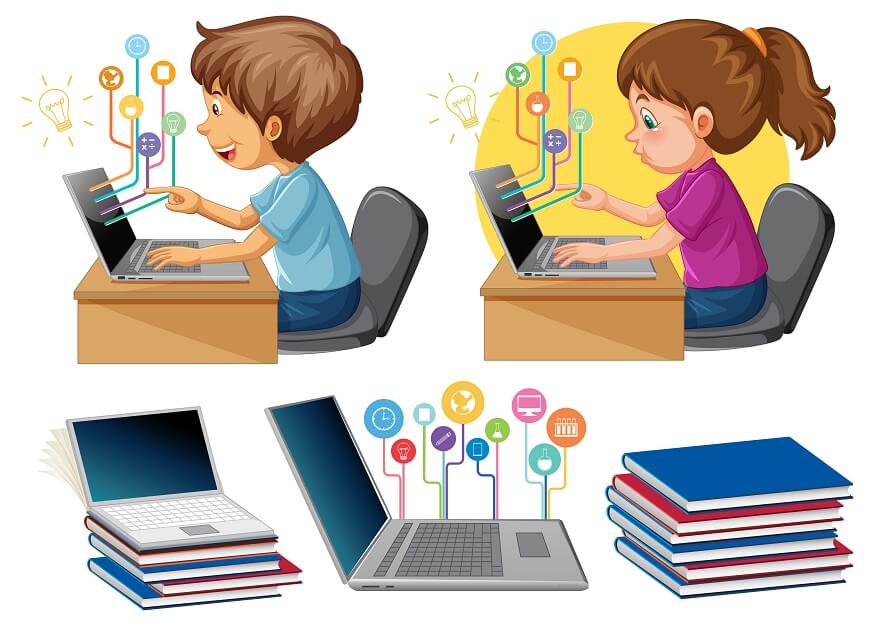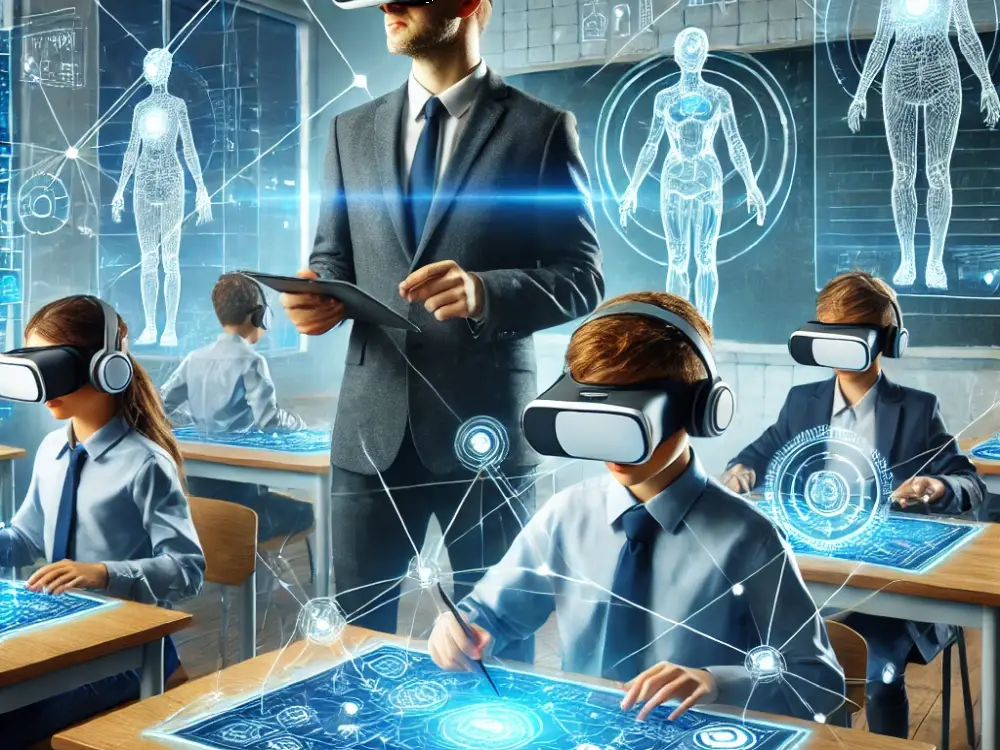Discover Cutting-Edge AI Tools Designed to Streamline Your Daily Tasks
Discover Cutting-Edge AI Tools Designed to Streamline Your Daily Tasks
Blog Article
Comprehensive Service Guides for Progressing Modern Technology Education in Schools and Colleges
The integration of innovation education into college and college curricula has ended up being an essential crucial in preparing trainees for an increasingly digital workforce. What details methods can be embraced to maximize their effect on both teachers and students?
Importance of Technology Education
As modern technology remains to evolve at an extraordinary speed, the importance of technology education and learning has come to be progressively obvious in today's culture. The integration of modern technology into different facets of life necessitates that individuals have a fundamental understanding of technological concepts and applications. This understanding not just improves employability but also cultivates important thinking and analytical skills crucial for navigating a vibrant labor force.
In schools, modern technology education furnishes students with the capability to adjust to fast adjustments in industries driven by advancement. It urges creativity and encourages learners to engage with arising innovations, from expert system to information analytics. Moreover, innovation education and learning advertises electronic proficiency, which is critical in an era where information is conveniently available yet commonly misleading.

Trick Elements of Effective Guides
Efficient guides for modern technology education must include a number of key parts to guarantee that students obtain one of the most from their experiences. A distinct curriculum is vital, detailing the objectives, finding out end results, and the abilities to be created. This educational program must be routinely updated to reflect the quickly developing technical landscape, ensuring importance and applicability.
2nd, comprehensive sources that include books, on the internet products, and hands-on tools are important. These sources ought to be accessible and diverse, catering to numerous learning preferences and designs. Additionally, integrating real-world scenarios and study can enhance understanding and engagement.
Third, assessment strategies should be included to review student progression properly. These analyses need to be varied, incorporating summative and developmental analyses that align with the knowing objectives.
In addition, expert development chances for educators are crucial. Training programs and workshops can gear up teachers with the newest technical improvements and pedagogical approaches.
Last but not least, promoting a collaborative discovering atmosphere motivates peer communication and expertise sharing. By including these crucial components, overviews for modern technology education can dramatically improve the knowing experience, preparing students for future obstacles in a significantly digital world.
Structure Industry Partnerships
Structure strong industry partnerships is a vital element of boosting innovation education. These cooperations between universities and businesses create a vibrant ecological community that profits companies, instructors, and students alike. By fostering partnerships with sector leaders, colleges and schools can align their educational programs with the progressing needs of the job market, making certain that pupils get pertinent abilities and expertise.
The growth of internships, apprenticeships, and mentorship programs acts as a keystone of these partnerships. Such opportunities give trainees with hands-on experience, improving their employability and sensible understanding of technology applications. Furthermore, industry companions can provide understandings into emerging trends and technological improvements, enabling educators to adjust their training approaches accordingly.
Furthermore, collaborations can assist in access to sources, such as devices, software application, and funding for research tasks. These payments enrich the learning environment and enable establishments to remain at the forefront of technical technology. Inevitably, constructing durable industry collaborations is crucial for growing a knowledgeable labor force that meets the needs of today's swiftly transforming technological landscape, while additionally driving economic development and competition in the wider community.
Implementing Technology Programs
Implementing innovation programs within instructional organizations requires a critical approach that prioritizes both educational program growth and resource appropriation. To initiate successful modern technology integration, organizations have to first examine their existing infrastructure and recognize gaps in resources, consisting of equipment, software program, and employees training. This evaluation makes it possible for universities and schools to produce a customized strategy that straightens with their particular instructional objectives.
Next, it is vital to develop a detailed educational program that includes emerging innovations and sector criteria. Teaming up with instructors, sector experts, and stakeholders can make certain that the curriculum continues to be efficient and relevant in preparing students for the workforce (Grants). Furthermore, expert development for faculty is vital, as it furnishes teachers pop over here with the abilities needed to properly teach new technologies
Additionally, institutions should stress the significance of hands-on understanding experiences, such as workshops and laboratories, that allow students to apply theoretical knowledge in practical settings. This experiential strategy enhances involvement and promotes important thinking. Securing sustainable funding with grants and partnerships can aid broaden and maintain modern technology programs, making certain long-lasting success and versatility in an ever-evolving technological landscape.
Gauging Success and Results
Assessing the success check out here and outcomes of technology education and learning programs is essential for verifying their impact and guiding future enhancements. Effective measurement structures ought to incorporate both qualitative and measurable metrics, providing an extensive view of program efficiency. Key performance indications (KPIs) such as student enrollment figures, retention rates, and course conclusion percents use beneficial quantitative information.

Incorporating standardized analyses can additionally examine pupils' technological expertises and readiness for the workforce. Benchmarking versus comparable institutions permits contextually relevant comparisons, highlighting locations for development.
Ultimately, the continuous assessment of technology education programs promotes a culture of enhancement, ensuring that they progress in positioning with industry demands and instructional criteria. By methodically determining success, establishments can not only show responsibility to stakeholders yet additionally improve their offerings, thus improving the learning experience and preparing trainees for the ever-changing technical landscape.
Verdict

The integration of technology education into institution and university educational program has come to be an essential imperative in preparing pupils for a progressively electronic workforce.As technology continues to evolve at an unmatched speed, the value of innovation education and learning has actually come to be progressively noticeable in today's society.In instructional institutions, technology education and view publisher site learning outfits pupils with the capacity to adapt to rapid modifications in industries driven by technology. By focusing on innovation education and learning, institutions can grow a generation of educated citizens capable of leveraging technology for social and individual improvement. The implementation of durable assessment approaches makes it possible for organizations to determine success and end results, ultimately boosting the general efficiency of technology education and learning efforts and preparing students for future challenges.
Report this page